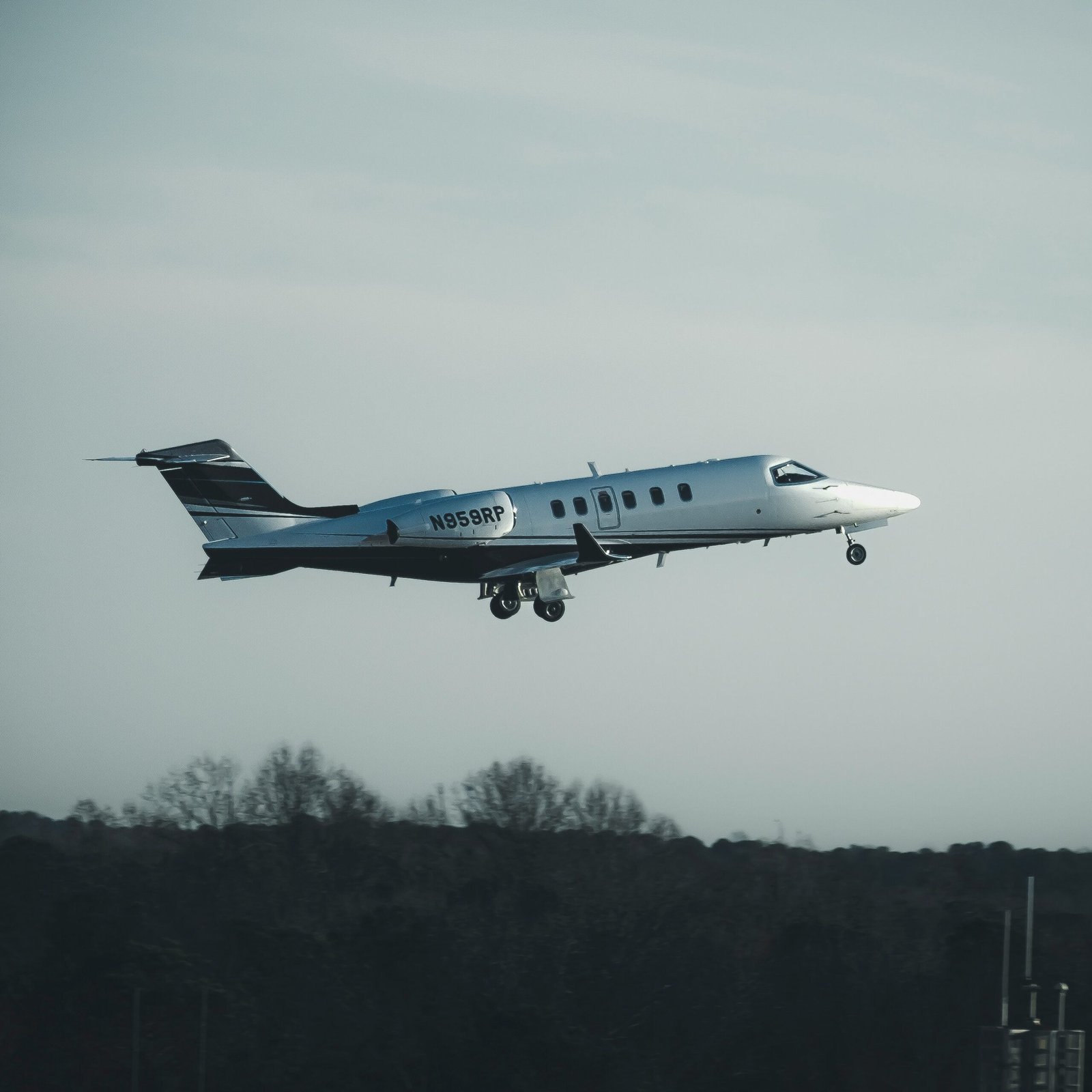The recent testimony of a whistleblower from Boeing regarding the Alaska airplane door plug incident has shed light on a significant safety issue within the aviation industry. The revelation that screws were removed and not replaced highlights the importance of the meticulous construction and maintenance of aircraft to ensure the safety of millions of passengers.
Aircraft manufacturers and mechanics bear the immense responsibility of creating and maintaining airplanes that can safely transport people from one destination to another. The livelihood and integrity of these professionals depend on their ability to accurately and efficiently ensure the integrity of the final product – the airplane itself. Any lapse in performing their duties can have catastrophic consequences for travelers.
The documented evidence of the missing screws and the subsequent falling out of the door plug raises concerns about the existence of haphazard working conditions and the failure of managers to fulfill their responsibilities. How many incidents like this need to occur before the aviation industry takes a step back, reevaluates its safety protocols, and implements the necessary changes to prevent such potentially catastrophic oversights in the future?
Unfortunately, the Alaska airplane door plug incident is not an isolated event. There have been other recent safety incidents in the aviation industry, such as an American Airlines plane making an emergency landing due to probable mechanical problems and weather, and a Boeing aircraft experiencing mechanical issues resulting in the detachment of its nose wheel on the runway. These incidents highlight the urgent need for the aviation industry to recommit itself to safety and establish fail-safe systems that prevent such incidents from occurring.
Ensuring safety in the aviation industry requires a top-down approach. Aircraft manufacturers and maintenance workers must strive to meet and exceed minimum safety standards. Even with numerous safety initiatives in place, there may be instances where employees work under the radar, practicing unsafe industry standards. Therefore, it is essential to establish stringent checks and balances within facilities to catch and rectify any safety issues before an aircraft is released or put back into circulation.
These recent events raise questions about the effectiveness of safety protocols and the potential for significant safety issues to go unnoticed. The aviation industry must take this pivotal moment to reevaluate its commitment to safety and prioritize the well-being of the global community. As a travel company, we share the same commitment to safety as our passengers. Our utmost priority is ensuring that our guests reach their destinations safely.
In conclusion, the testimony of the whistleblower and the subsequent incidents underscore the critical need for the aviation industry to reassess its safety protocols. It is imperative that all stakeholders, from aircraft manufacturers to maintenance workers, prioritize safety and establish robust systems to prevent any compromises in the integrity of airplanes. Only through a collective effort can we ensure the safety of passengers and maintain the trust and confidence of the global travel community.




